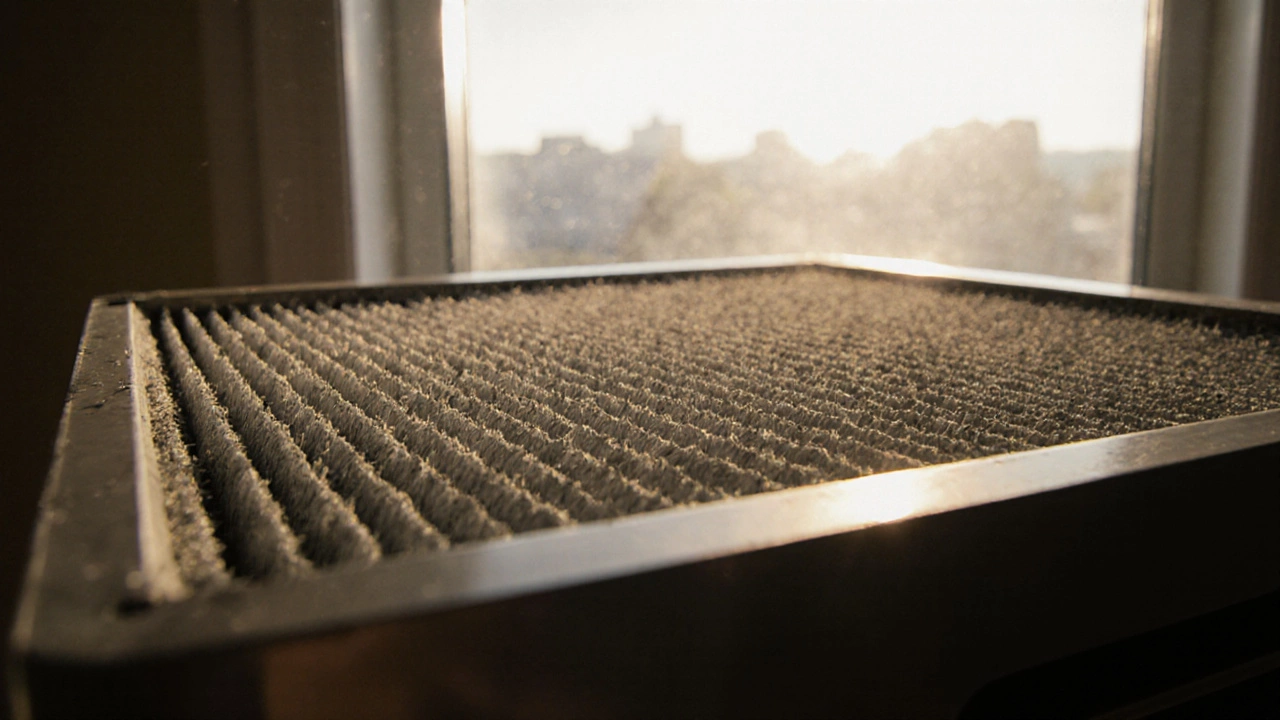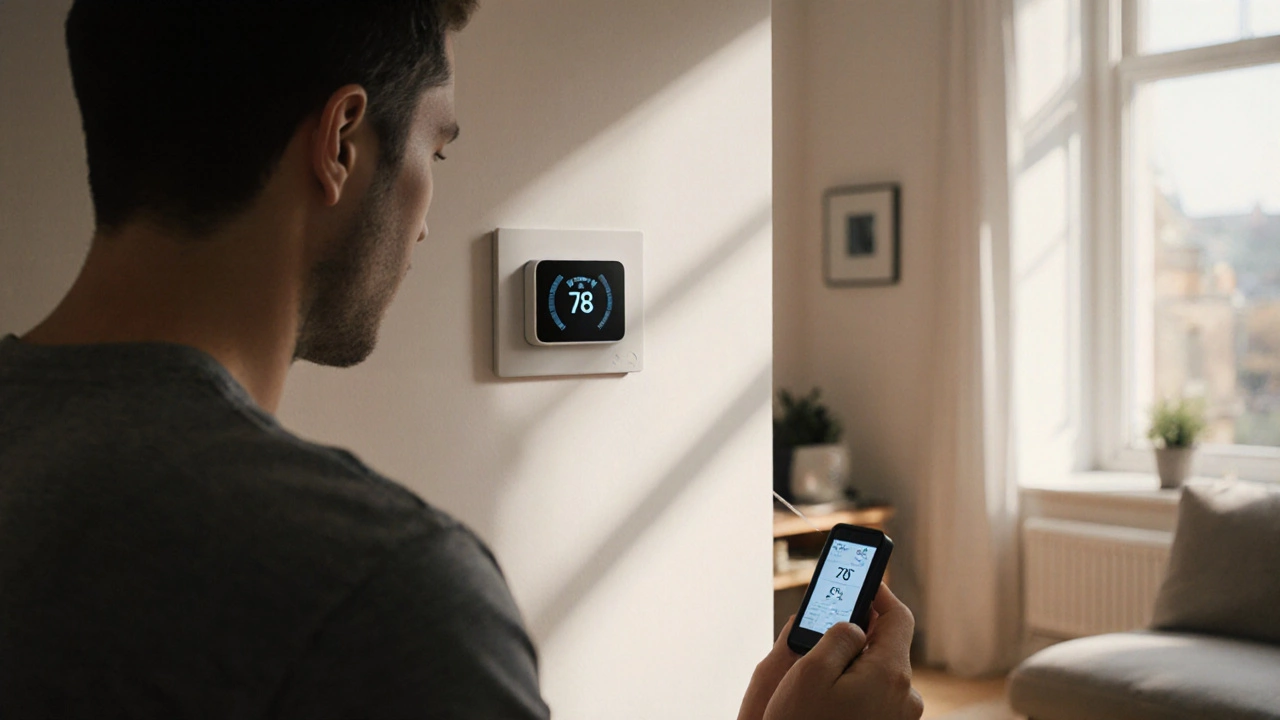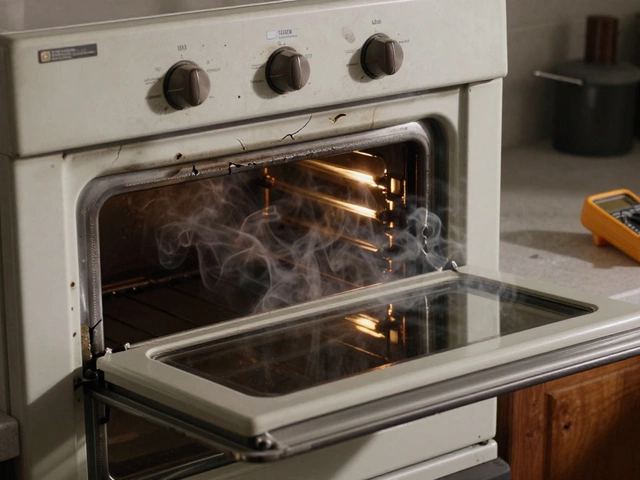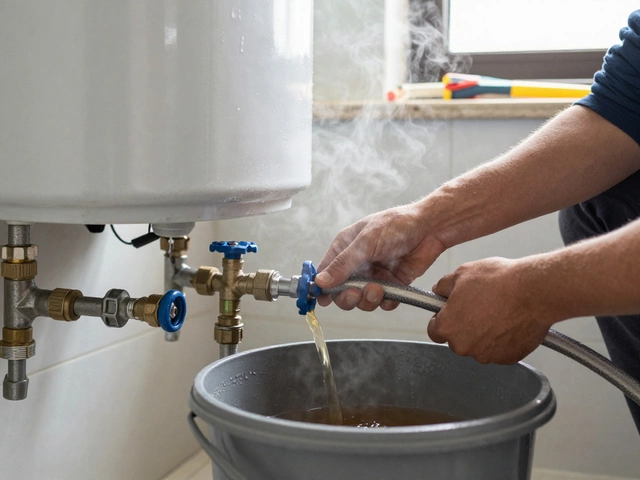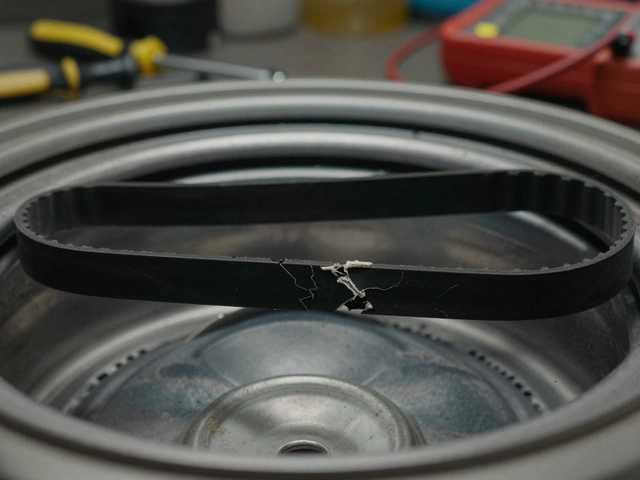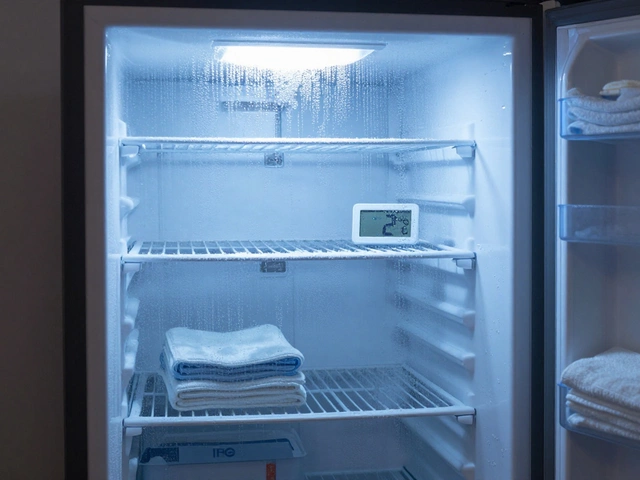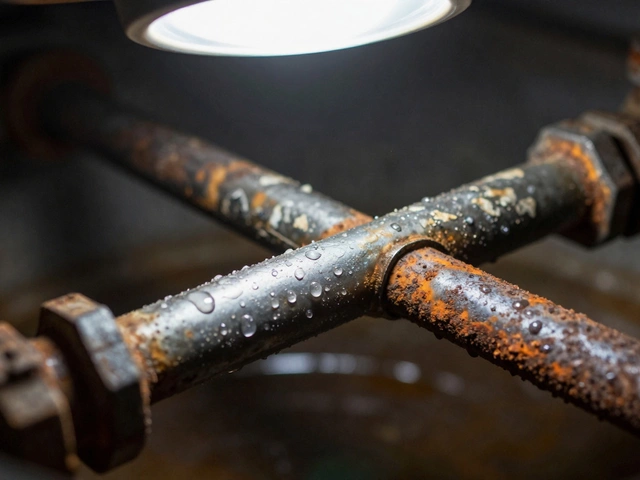Heat Pump Issues: Common Problems and How to Fix Them
When dealing with Heat Pump, a system that moves heat between indoor and outdoor spaces to provide heating and cooling. Also known as heat pump issues, it can suffer from a range of faults that affect comfort and energy bills.
Heat Pump Failure usually starts with a struggling compressor, low refrigerant levels, or a faulty thermostat. A humming compressor that never kicks in often means the motor has seized or the start capacitor is dead. Refrigerant leaks not only lower efficiency but can cause the system to overheat, triggering safety shutdowns. Faulty thermostats send the wrong temperature signals, so the unit cycles on and off without actually heating or cooling. These three components—compressor, refrigerant, thermostat—are the core of most breakdowns, creating the semantic link: Heat Pump Issues encompass Heat Pump Failure.
Regular Heat Pump Maintenance can stop many of those failures before they happen. Start by cleaning or replacing air filters; clogged filters force the fan to work harder, raising motor temperature. Next, check the outdoor coil for dust and debris; a clean coil improves heat exchange and reduces strain on the compressor. Finally, test the refrigerant pressure with a gauge set—low pressure signals a leak that needs professional repair. Keeping these steps on a quarterly schedule creates a clear relationship: Effective Heat Pump Maintenance reduces Heat Pump Failure risk.
Choosing a reputable Heat Pump Brand is another proactive move. Brands that consistently rank high for reliability tend to use durable compressors, robust coils, and smarter control boards that self‑diagnose problems. For example, manufacturers that offer multi‑stage compressors and variable‑speed fans usually deliver smoother operation and lower wear on parts. Selecting a reliable brand therefore influences long‑term performance, establishing the link: Reliable Heat Pump Brands improve overall system lifespan.
If a problem still shows up, proper diagnosis is key. An experienced HVAC technician will use a multimeter to check electrical continuity, a pressure gauge for refrigerant levels, and a thermal camera to spot hot spots on the coil. These diagnostic tools pinpoint whether the issue lies in the control board, a sensor, or a mechanical component. Knowing the exact fault helps you decide if a simple part swap will do or if a full system overhaul is needed.
Most homeowners can handle basic tasks like filter changes and coil cleaning, but when you encounter compressor noises, refrigerant leaks, or error codes on the display, it’s time to call in a professional repair service. Trying to fix a sealed‑system leak yourself not only voids warranties but can be unsafe. A qualified service will safely recharge the system, replace damaged parts, and reset any error logs.
Below you’ll find a curated collection of articles that dive deeper into each of these areas. Whether you’re looking for quick DIY fixes, detailed maintenance checklists, or guidance on picking the right brand, the posts ahead cover everything you need to keep your heat pump running efficiently and avoid costly breakdowns.
8 November 2025
·
0 Comments
Your heat pump runs but doesn't cool? It's usually a simple fix like a dirty filter or thermostat setting. Learn the top 5 causes and how to fix them yourself before calling a technician.
Read more
8 October 2025
·
0 Comments
Learn how to spot a heat pump malfunction with a step-by-step DIY guide, practical checks, and maintenance tips to keep your system running smoothly.
Read more

